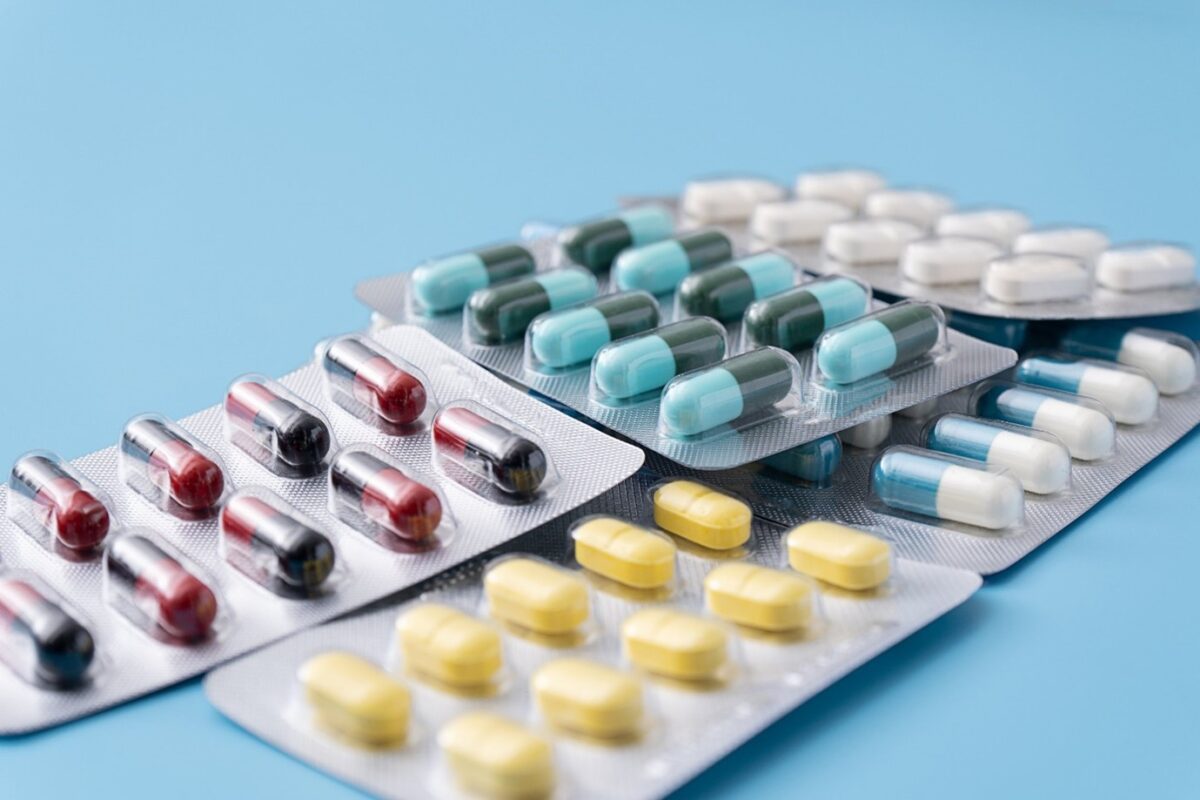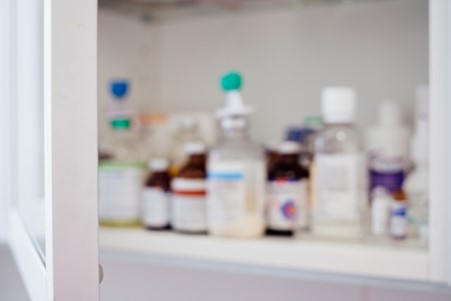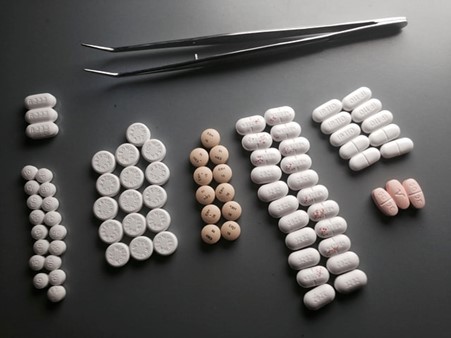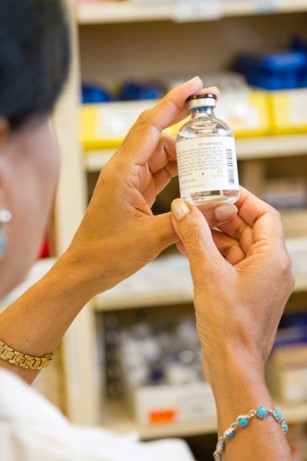Since artificial intelligence first became a reality, a diverse range of industries have looked to implement the software to increase efficiency and cut back on human error. For the pharmaceutical industry, it has been instrumental in increasing productivity and accuracy while designing new drugs. Today, what was once a years-long process, can now be shortened to just a few months.
By automating the discovery phase of new drug development, pharmaceutical researchers can now focus on more important tasks, such as perfecting the formulation of medications and running clinical trials. Of course, the range of AI benefits is extensive and yet to be fully exploited. To better understand how the technology will transform the pharmaceutical industry, Richard Hansen Dean explores how it is currently being used in research and development.

The Old Challenges of Drug Discovery
The process of designing new drugs is long, expensive, and fraught with failure. In fact, the probability of success from candidate to clinical trial is less than 12%. And even when a drug does make it to clinical trials, the average success rate is a mere 30%. The primary reason for such low success rates is that the process of designing new drugs is still largely reliant on chance.
Scientists typically start with a hypothesis and then test it through a series of experiments. If the hypothesis is correct, they move on to the next step. If not, these scientists must go back to the drawing board. The problem is that there are an infinite number of potential hypotheses to test and an infinite number of ways to test them.
The vast majority of these will fail, and the process starts all over again. It’s a time-consuming and expensive process with a very low success rate. In fact, the average cost of bringing a new drug to market is now estimated to be as high as $2.8 billion.
How AI is Helping
Artificial intelligence is being used to speed up drug discovery and increase the success rate of new drugs. The first way AI is being used is to help screen for new drugs. In the past, scientists would test a compound against a disease and then run a series of experiments to see if it was effective. This process is now being automated with the help of machine learning.
Machine learning algorithms are being used to screen for new drugs by analyzing data from previous experiments. By doing so, they can identify patterns that lead to success. This information is then used to design new experiments and test new compounds. In addition, AI is being used to help design new drugs.
In the past, the process of designing new drugs was largely reliant on trial and error. Scientists would test a compound against a disease and then modify the structure of the compound based on the results. The analysis is now being automated with the help of artificial intelligence and the resulting data can then be used to design new compounds.
Final Thoughts
Artificial intelligence is already having a transformative effect on the pharmaceutical industry. By automating the process of drug discovery and development, AI is helping to speed up the process of designing new drugs and reducing the cost of bringing them to market. In the future, AI could even be used to predict the side effects of new drugs, further reducing the risk of failure.







